
Jivya Soma Mashe is a central figure in Indian tribal art, as he was the one who turned the Warli tribal art from a predominantly ritual-centered art form to an everyday painting activity. A legacy of his introspective period (when he lost his mother at 7 and out of shock he stopped speaking for several years, communicating only by drawing pictures in the dust), his artistic abilities were first noticed nationally and later, internationally. The apex of his career was probably the inclusion in the “Magiciens de la terre” exhibition at the Centre Pompidou and the Grande Halle de la Villette in 1989, who brough him unprecedented recognition.






The work of Soma Mashe gives us the ability to abruptly switch subject and write about one of the most cited exhibitions, a landmark in the history of contemporary art and in the history of contemporary African art. A show whose curatorial approach, which questioned the aesthetics of Modernity in Western and Non-Western cultures, had a lasting impact on the cultural debate between the North and the South of the world, and that raised not only artistic but societal issues, above all.
“Les Magiciens de la terre” was a show deliberately set out by curator Jean-Hubert Martin to counteract ethnocentric practices and a colonialist mentality within the contemporary art world. In particular, in the wake of the infamous “Primitivism” show at MOMA, Martin and other critics condemned “Primitivism” as it fell into the Modernist trap of providing only a pure aesthetization of the work of native cultures: the only declared interest of the New York show was to display tribal works that influenced Modern artists artpieces, with little or no historical evidence of these works drawing inspiration from specific “primitive” works.
Obviously, Martin’s opinions and curatorial statement stirred a strong, worldwide controversy. From the Italian Wikipedia page: According to Okwui Enwezor and Olu Oguibe , (“Les Magiciens de la terre”) constantly returns in critical discussions due to the (at the time rising) postmodern perspective questioning a modernist aesthetic that did not accept contamination and had a precise pattern of exclusive values. In theory “Les Magiciens de la Terre” wanted to be postmodern, but in practice the method was still tied to modernism and the selection was based more on heterogeneity that on properly postmodern ideas (Non-Western artists in comparison to those in the West were shown more like curious cases ).
As stated by Pierre Gaudibert “Les Magiciens de la terre” caused controversy but also marked a historic day for the North-South artistic relations: according to Benjamin H. D. Buchloh, the inherent flaws of such a method are negligeable in that any methodological framework for the selection of works will make similar mistakes. The goal of Martin, in including fifty non-Western artists was, in fact, to facilitate a de-centering notion within the Western tradition of art practice.
Read more: Wikipedia English and Italian pages.
More infos and documents : look for “Les Magiciens de la terre” on the Centre Pompidou’s site.
Images via: Arts of the Earth and Rery Likes.

© Centre Pompidou 1989, Sigmar Polke, Jeux d’enfants, 1988, Techniques mixtes sur tissu 220 x 300 cm, © ADAGP, Paris, 1989.

Project of the exhibition
Magiciens de la terre: Press pack , English:


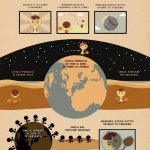
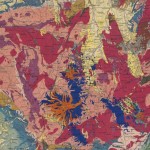
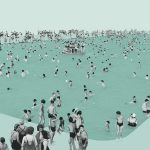
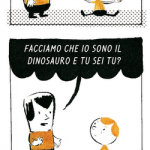
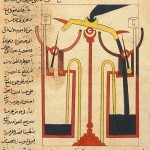
Leave a Reply